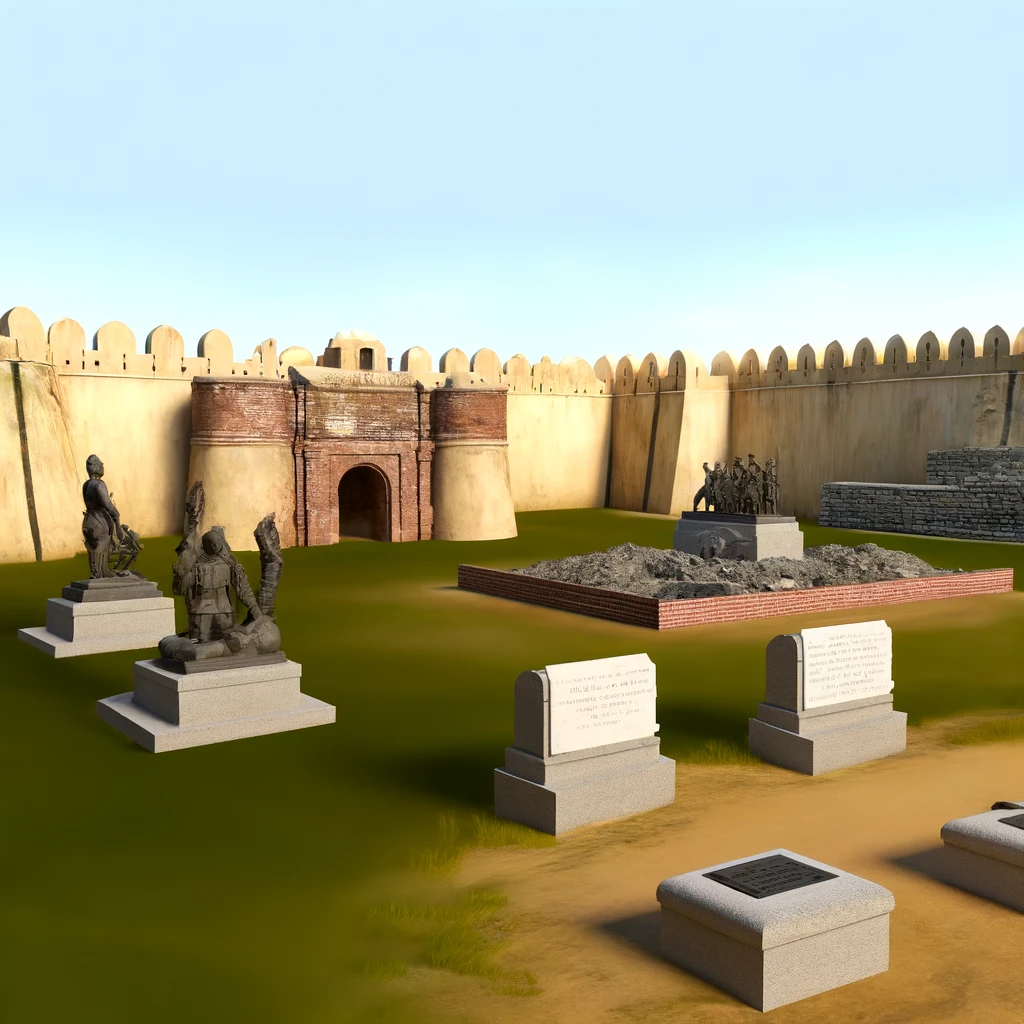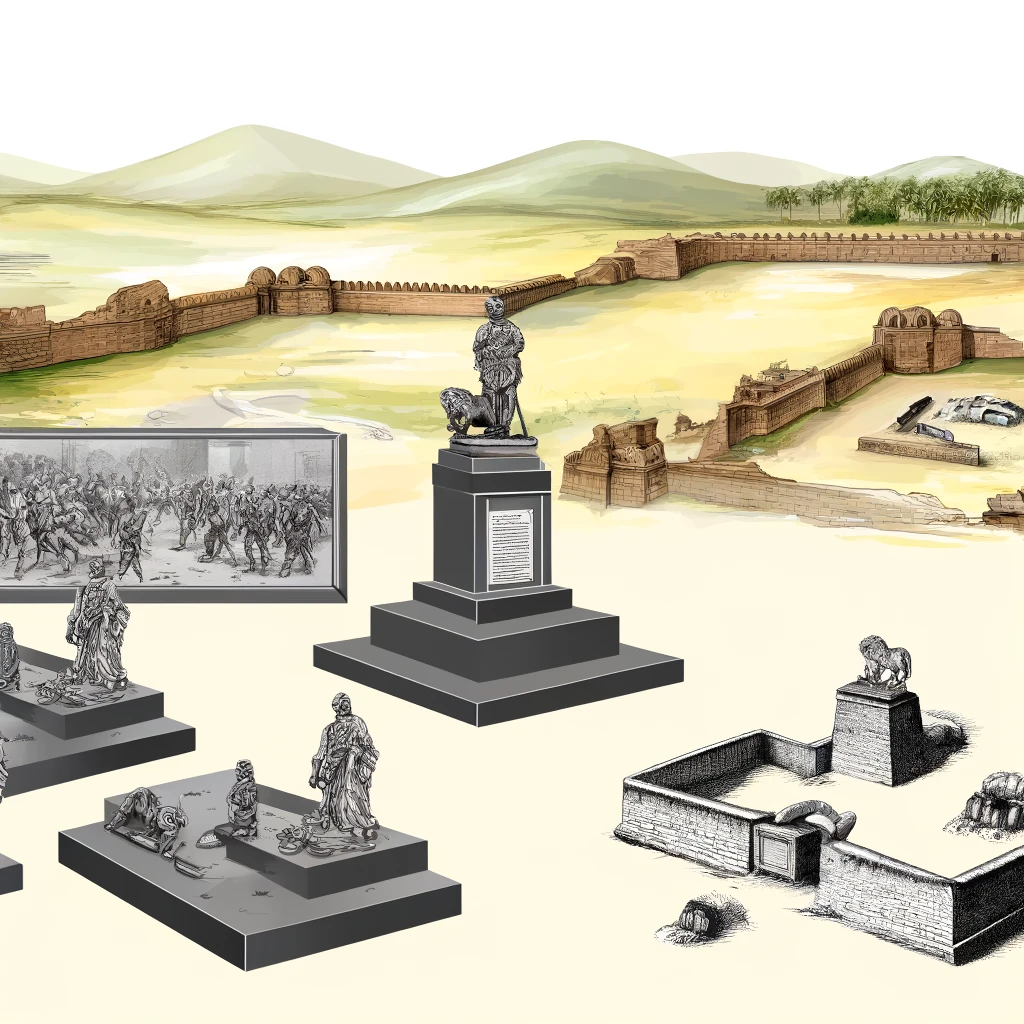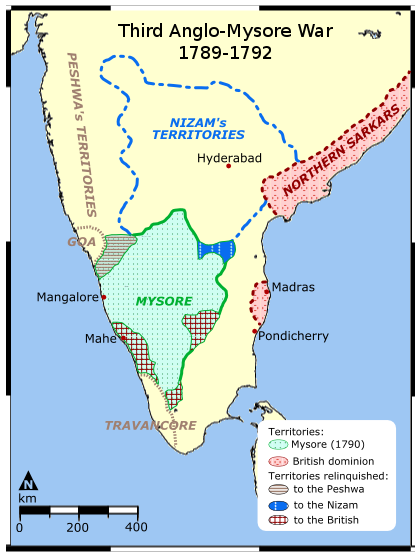Battle of Nedumkotta:
A Pivotal Moment in Indian History
In the annals of Indian history, few battles exemplify the clash of strategy, sovereignty, and resilience as vividly as the Battle of Nedumkotta in May 1790. This pivotal conflict between the Kingdom of Travancore and the aggressive forces of Mysore under Tipu Sultan was more than a military skirmish; it was a testament to the strategic acumen of Hindu rulers and their indomitable spirit to uphold their dominion and cultural heritage. The battle not only demonstrated the military ingenuity embodied in the Nedumkotta fortifications but also underscored the deep-seated cultural and political stakes that were fiercely defended in the southern realms of India.
Long-Term Impact of Battle of Nedumkotta

The Battle of Nedumkotta stands as a watershed moment in Indian history, illustrating the profound long-term impact and enduring legacy of Hindu rule in shaping the geopolitical and cultural landscape of the region. This historic battle not only affirmed the strategic importance of meticulous planning and robust fortifications but also highlighted the intricate role of Hindu rulers in masterminding defense strategies that resonated deeply with the cultural ethos of their kingdoms.
Under the stewardship of the Hindu ruler of Travancore, the success at Nedumkotta demonstrated a profound understanding of the terrain, innovative use of military architecture, and an adept integration of the region’s cultural strengths into its military tactics. This battle went beyond mere military triumph; it reinforced the Hindu kingdom’s capability to safeguard its cultural identity and political sovereignty amidst the aggressive expansions of neighboring powers.
Legacy of Battle in Indian History

The legacy of the Battle of Nedumkotta is indelibly inscribed in the annals of Indian history as a testament to the enduring spirit and resilience of its defenders. The battle exemplified how deeply cultural and religious identities were woven into the fabric of military strategies during this era. It showcased the ability of a Hindu kingdom to not only confront but also successfully repel the territorial ambitions of a formidable adversary through strategic foresight and military acumen.
This historical event has left a lasting legacy, serving as a beacon of inspiration for subsequent generations. It underscores the significance of preserving cultural integrity and political independence through strategic defense and thoughtful leadership. The battle, therefore, is not just a historical milestone but a narrative of resilience and strategic depth that continues to inform and inspire the principles of governance and military strategy in the region.
Conclusion
The Battle of Nedumkotta transcends its military significance, representing a profound moment in the broader narrative of Hindu resistance against imperial aggression. This confrontation not only solidified the strategic prowess of Travancore’s defenses but also became a symbol of enduring Hindu rule that skillfully balanced the tides of power in South India. As we reflect on this chapter of Indian history, the legacy of Nedumkotta continues to resonate, highlighting the intricate interplay of cultural identity, military strategy, and the unyielding pursuit of sovereignty in the face of formidable challenges.
Feature Image: The image is a map depicting the geopolitical landscape during the Third Anglo-Mysore War from 1789 to 1792. It shows the territories of the main players: Mysore, marked in green with diagonal stripes; the Nizam’s territories, to the north in plain yellow; and the British dominion in red dots. The Peshwa’s territories are outlined to the northwest in a dashed blue line. The map also indicates regions ceded by Mysore in 1790, and territories relinquished to the Peshwa, the Nizam, and to the British, marked with different symbols. Key cities and areas like Hyderabad, Mangalore, Madras, and Pondicherry are labeled for orientation. (Click here to view image)
